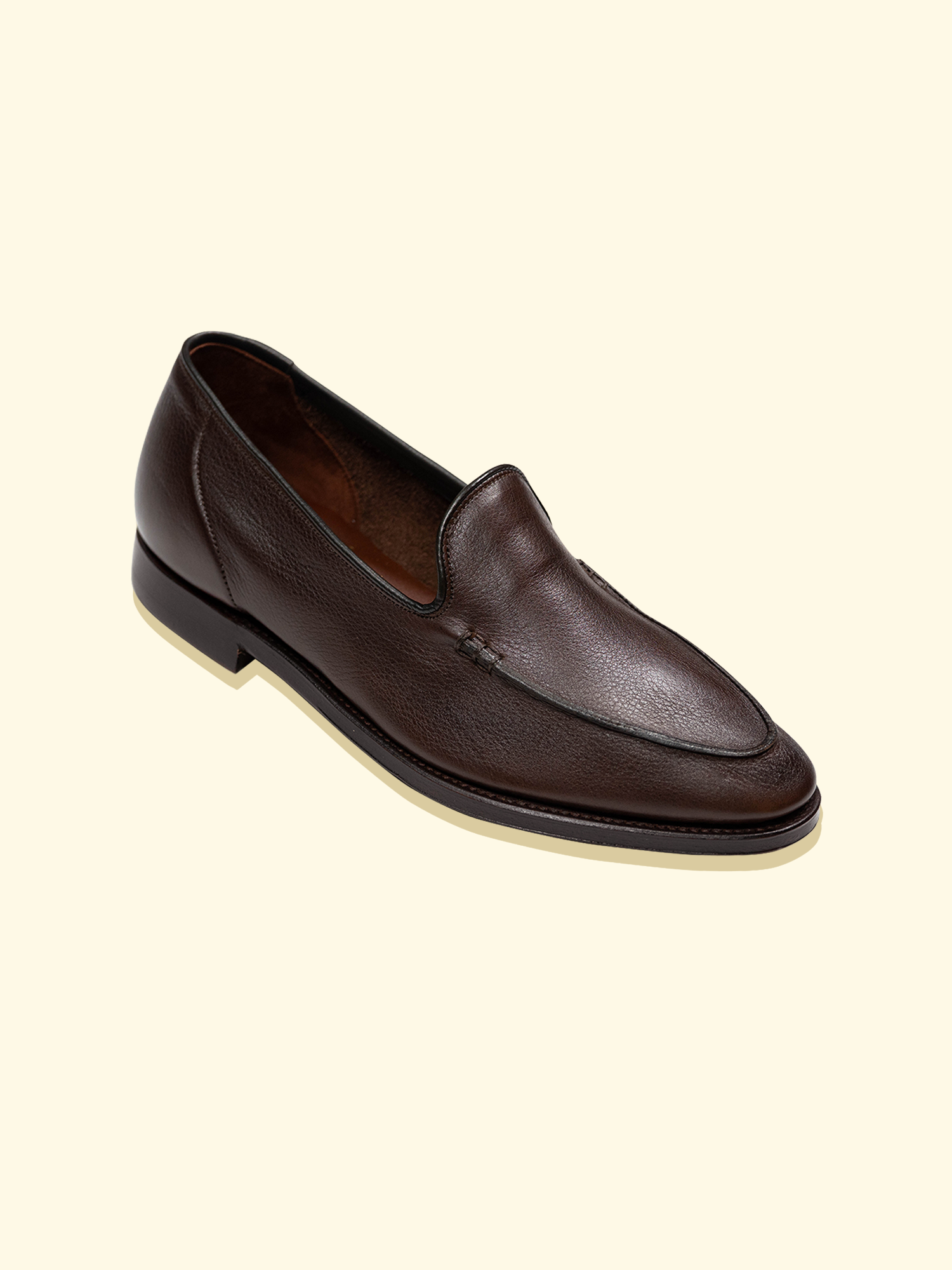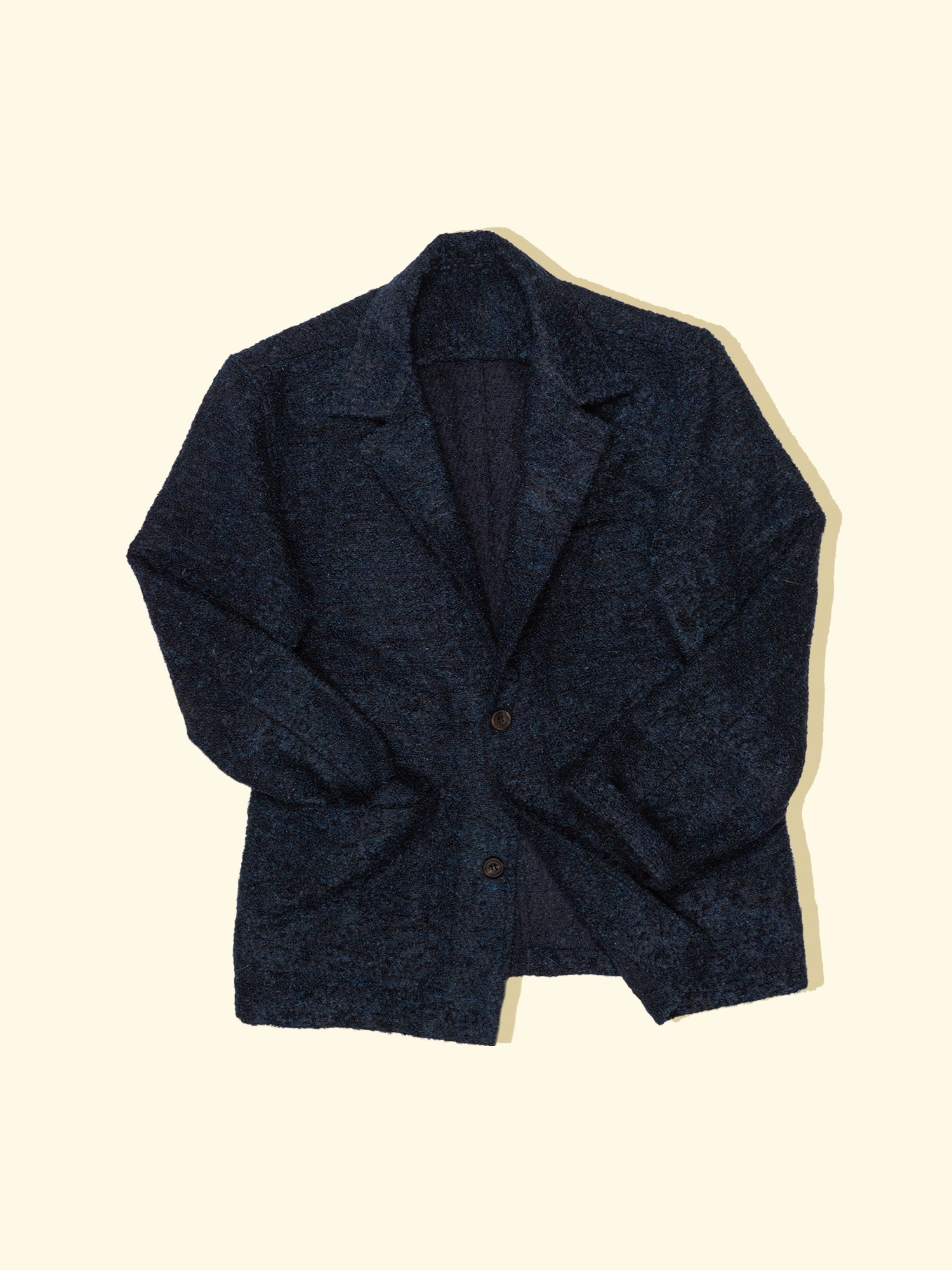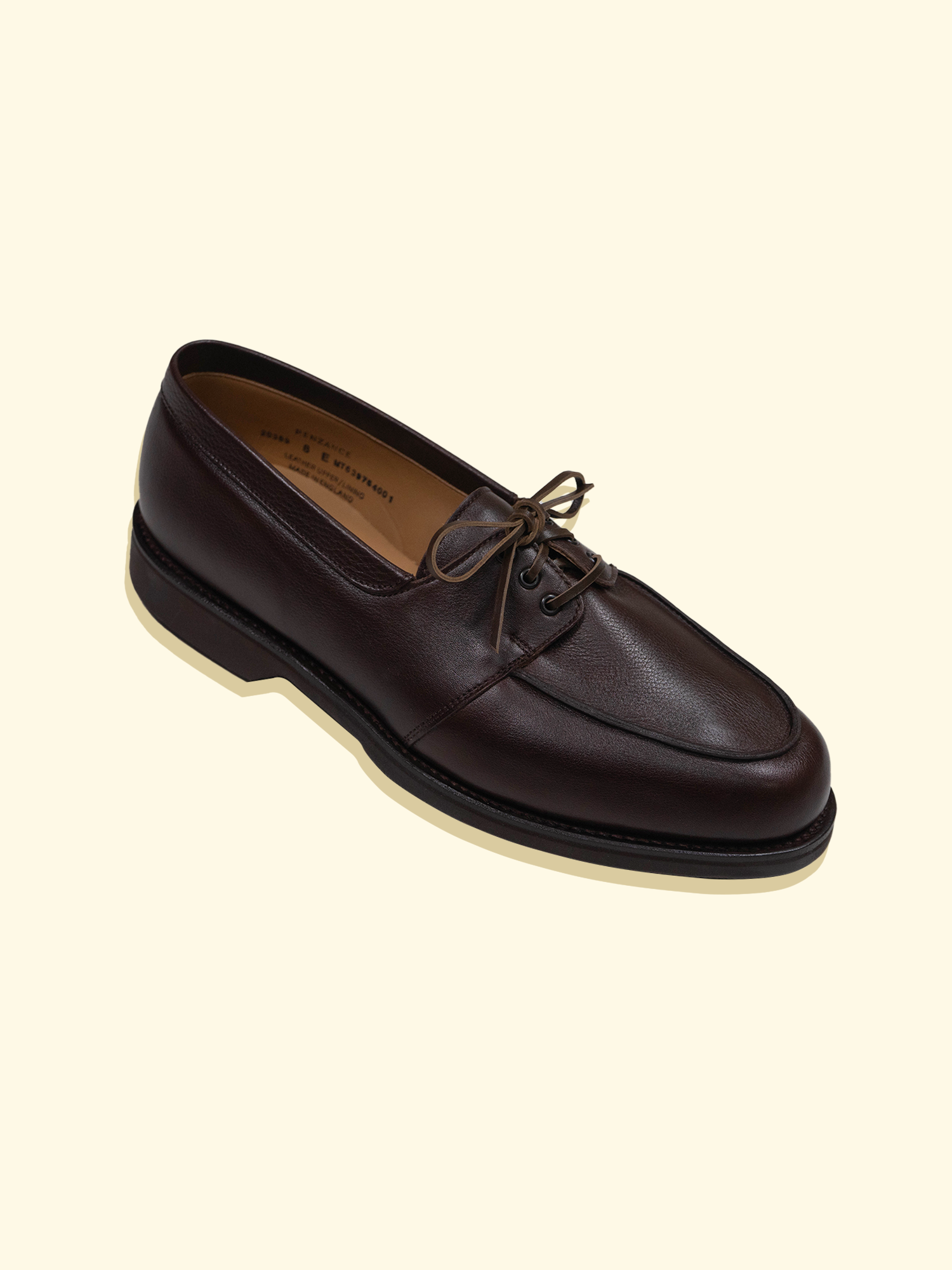Foraging Notes: The New Barn Jacket
Foraging stemmed from what I can only describe as a ‘irritation, or frustration’ with the natural world—encountering something on a walk and being unable to name it, understand its place in the ecosystem, or determine its edibility. I notice the same curiosity in those who join me, as rust fungi, lichens, plant galls, earthstars, tree burrs, and fallen beech branches spark endless questions. It is the patient, observant act of foraging that unveils such wonders, drawing them into focus.
There’s a luxury in the unhurried exploration of wildlife—a simple, tactile joy that modern life rarely affords. Whether truffle hunting, foraging wild edibles, or wandering on safaris, these are moments spent away from the city, immersed in the woods or countryside. Phones silenced, thoughts stilled, we’re left with nothing but our Gokan—the ‘five senses’ in Japanese—to guide us, sharpening our connection with nature.
Just as foraging mirrors the rhythm of the seasons, so too does clothing. Spring is for harvesting the freshest strawberries for pavlovas, while autumn’s game season at The Quality Chop House or fall’s hairy crab feasts in China provide their own culinary delights. Similarly, the time for linens comes and goes, as does the moment cashmere becomes indispensable. Everything, after all, has its time and place.
We are no foraging gurus in any ways, but there are some books we adhere to— trust the masters of the field. The first one is The Forager’s Calendar by John Wright. Apart from being an incredible writer, John Wright is the seasoned, eccentric foraging guru that used to make regular appearance on River Cottage. What he sets out to do is create a book that outlines species you can forage on a month-by-month basis, and he breaks it down with funny anecdotes and recipes. He outlines the seasonality of species, an in-depth identifications guide, ruling out what’s poisonous, the actual dos and don’ts in wildlife. If you intend to wear the Forager Barn Jacket for outing, this is the first book to fit into the pocket.
Back in the house for hosting, this is the second book you should have. Another book I absolutely loved is Mushrooms by the late great Roger Phillips. Beautiful photographs of mushrooms documented. It is a book to keep around the house, a beautiful coffee table book that’s humble, unlike one of those fashion books that clearly no one has flicked through. From adventurous forager to creative cook delving into cuisines, it makes cooking processes seem a little inaccessible or out there approachable, turning simple cooking to an experience you can create for yourself or people you enjoy spending time with. It is an activity that can take up the whole day. The ethos recalls the farm-to-table, nose-to-tail dining so masterfully done in Asian cuisines, and in Britain by the renowned St. John.
Barn Jackets: Heritage Worn Well
Rooted in farm labour and steeped in history, the barn jacket embodies the spirit of ‘hard work for oneself’. Once a purely utilitarian garment, it has evolved into a wardrobe essential for all shapes, sizes, and genders. Its unisex appeal and flattering cuts, designed to move with the body, make it more relevant than ever. Barn jackets resonate as a love letter to a bygone era—an homage to a time that, though past, remains cherished.
The Forager Barn Jacket is our respectful nod to this tradition, seamlessly blending the strengths of iconic American brands like LL Bean with the rugged elegance of British classics like the Barbour jacket. The result? A contemporary reinterpretation of workwear’s rustic charm.
Crafted with the ethos of our ‘Sueded’ series, this jacket is made from a water- resistant, windproof, and breathable performance fabric treated with an enzyme wash. The cloth, sourced from a leading textile mill in Como, Italy, balances modern synthetics with durability and comfort, emphasising agility and lightness.
Foraging through grassy, muddy terrains, plucking and kicking up dirt and pollens, the Bistre, a brownish-yellow colour is the ideal camouflage to hide all these stains, and is a colour that doesn’t offend, and it exudes a sense of natural harmony. Bistre is a pigment made from soot. Historically, beechwood was burned to produce the soot, which was boiled and diluted with water, creating that rich, earthy colour.
Function Meets Elegance, Finding Linkage With The Anthology
Extending the idea of our ‘Sueded’ series where textiles come with a sueded finish, this piece is crafted from a water-resistant, windproof, and breathable performance fabric with an enzyme treatment wash. Consciously sourced from a leading textile mill in Como, Italy, the blended cloth strikes the perfect balance of protection and comfort, with synthetics lending lightness without compromising durability, emphasising agility.
Built for movements, the jacket features a raglan-sleeve design, a robust yet straight body profile. The single-coloured silhouette is contrasted with thoughtfully placed corduroy accents on the cuffs, collar, and pocket trims for warmth and tactility. Its design combines practicality with understated elegance, achieving a balance between rugged workwear and refined style. Various pockets are equipped both externally and internally, with rain flaps also equipped for full weatherproof sensibility.
Though inherently casual, the Forager Barn Jacket transitions effortlessly into sartorial settings. Paired with suits or layered over tailored jackets, it’s an inspired step down from substantial outerwear, balancing rugged functionality with refined aesthetics.





























